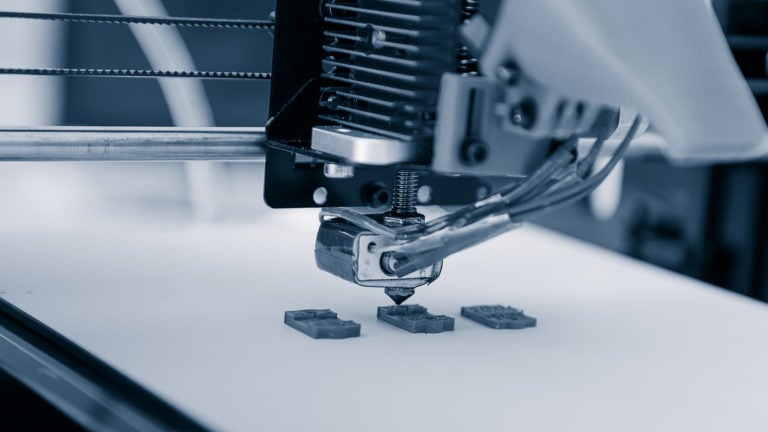One of the best investment strategies for long-term growth is twofold: pick an emerging sector or industry set to change how the world operates and properly timing the investment. No-brainer, right? If everyone could have predicted AI’s potential and invested in Nvidia (NASDAQ:NVDA) in 2013 or forecast fintech’s rise and bought PayPal (NASDAQ:PYPL) in 2015, we’d all be billionaires. However, there is one little trick to navigating early and emergent market trends.
Though ZIRP-era and meme stock mania admittedly skewed the formula somewhat, snagging once-hot stocks long after enthusiasm cools (assuming the sector has a viable future and profitability pathway) is a way to buy tomorrow’s top stocks at a discount today. Just look to Tesla (NASDAQ:TSLA) as a prime example. Shares dropped nearly 20% in January 2012 after initial, post-IPO EV enthusiasm cooled and didn’t rebound appreciably for months, even years. But, if you identified the EV trend’s potential early and didn’t let market shakiness spook you, a 2012 investment would mean millionaire status today.
One such trend that’s fallen off, despite the sector’s wider potential, is 3D printing stocks. As measured by the 3D Printing ETF (BATS:PRNT), investor sentiment is nearly half it was in 2021 (as measured by NAV) to ultimately return a slim return since the ETF’s inception in 2016.
Again, innumerable factors influence market outcomes — monetary policy being one of the biggest. But there’s little skepticism that 3D printing stocks will reemerge as the industry becomes more affordable and widespread. 3D printing already has plenty of real-world applications, and investors willing to wait for these three 3D printing stocks will be printing profit in years to come.
Desktop Metal (DM)

Desktop Metal (NYSE:DM) falls firmly on the penny stock side of the 3D printing stocks spectrum, trading under $1 per share with a market cap of just $285 million. Despite its modest size, this 3D printing stock is catching wind with several bullish factors, positioning it for rapid expansion.
Following a string of negative news, Desktop Metal is charging ahead through its healthcare-focused subsidiary, Desktop Health. Desktop Health is launching an ambitious initiative called ScanUp, targeting dental professionals to modernize their practices through digital technology. Notably, “half of the dentists in the United States have not yet adopted intraoral scanning,” which is a crucial first step towards digitizing dental services. This untapped market presents a significant opportunity for Desktop Metal, offering a predictable, recurring revenue stream through ScanUp’s 36-month subscription plan. Recurring revenue is increasingly Desktop Metal’s goal, considering the company posted a 29% year-over-year recurring revenue increase in its end-of-year report.
Beyond expanded recurring revenue, Desktop Metal significantly reduced its net loss to $323.4 million from $740.3 million the previous year. While it continues to stride towards profitability, Desktop Metal represents a high-risk, high-reward investment among the more speculative 3D printing stocks, considering its bottom-barrel pricing and potential upside.
Autodesk (ADSK)

On the larger end of the market capitalization spectrum, Autodesk (NASDAQ:ADSK) offers stability and proven methods alongside a more diversified series of revenue streams compared to other 3D printing stocks. Autodesk’s software, like its Fusion 360 platform, enables users to design and test 3D models digitally and integrates directly with printers to materialize designs. Unlike other big-name 3D printing stocks, Autodesk also facilitates subtractive finishing, which involves removing material from objects to enhance precision in specialized engineering and manufacturing projects — the 3D-printing equivalent of carving a statue from marble.
For investors looking to tap into the long-term potential of 3D printing stocks while mitigating the risks associated with pure-play 3D printing companies, Autodesk presents a compelling choice. Its software caters to a broad range of industries, including construction, entertainment, education and engineering, ensuring its utility extends far beyond today’s emergent 3D printing applications, broadening its customer base and revenue streams.
Altair Engineering (ALTR)

Altair Engineering (NASDAQ:ALTR), a mid-cap 3D printing stock, focuses primarily on software that supports product development and analysis before advancing to the next stage in the 3D printing process. Its software suite, essential for complex engineering tasks where product tolerances are incredibly fine, played a key role in closing 2023 on a high note despite earlier weaknesses in the sector.
Altair reported $155.9 million in software revenue in the fourth quarter, marking a 7.6% increase year-over-year. That figure includes contributions from its 3D printing segment software licensing as well as direct, on-the-ground engineering assistance and consultations to help companies kickstart their engineering workflows. The company also achieved earnings per share of 22 cents and nearly doubled its free cash flow YoY to $19.3 million.
For the entire year, Altair’s software sales reached $550 million, up 8.6% YoY, and it significantly reduced its net loss to $8.9 million from 2022’s $43.4 million. Despite these positive year-end results, Altair’s shares have not yet reached the average analyst price target of $90 per share.
On the date of publication, Jeremy Flint held no positions in the securities mentioned. The opinions expressed in this article are those of the writer, subject to the InvestorPlace.com Publishing Guidelines.
